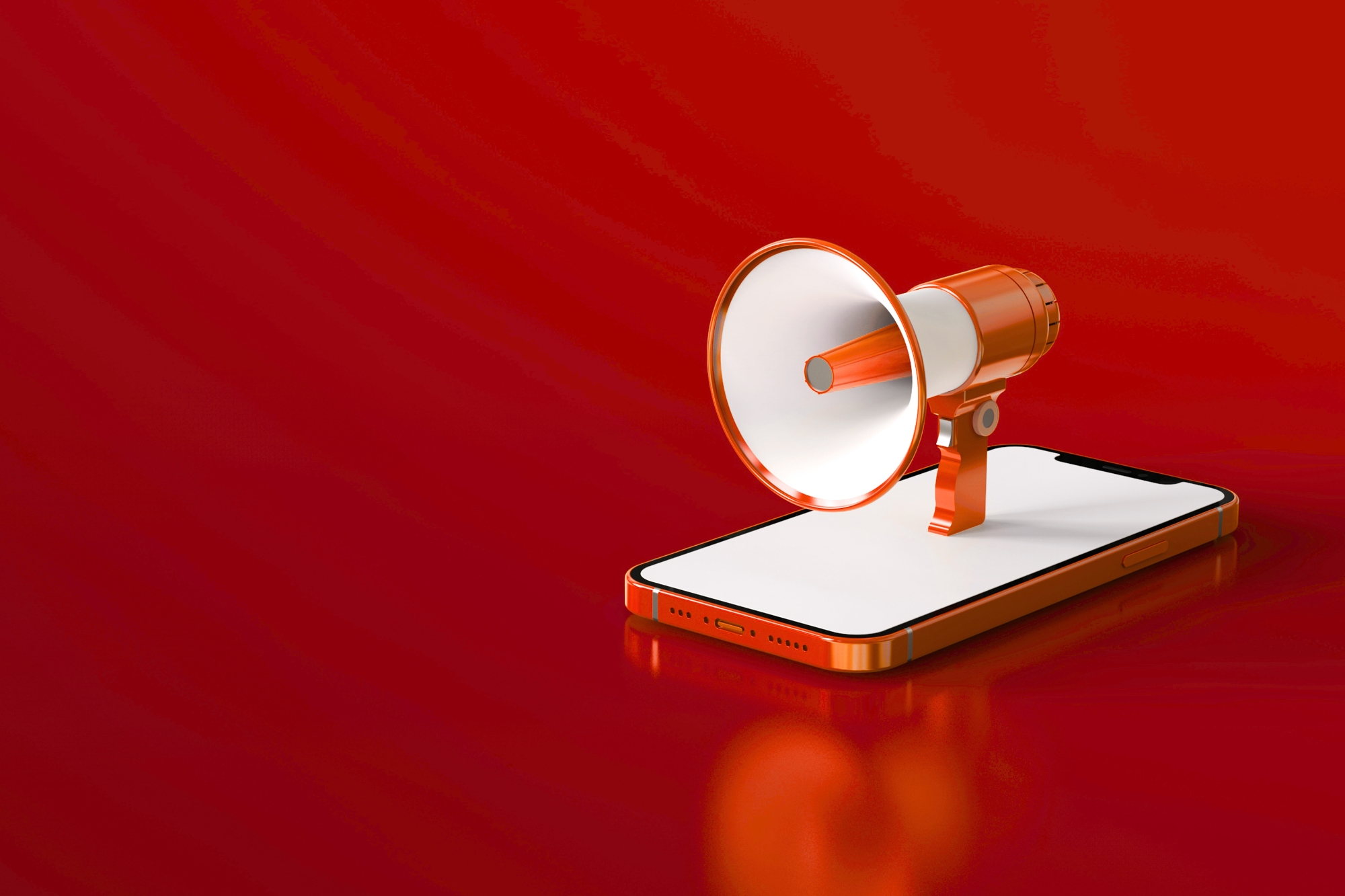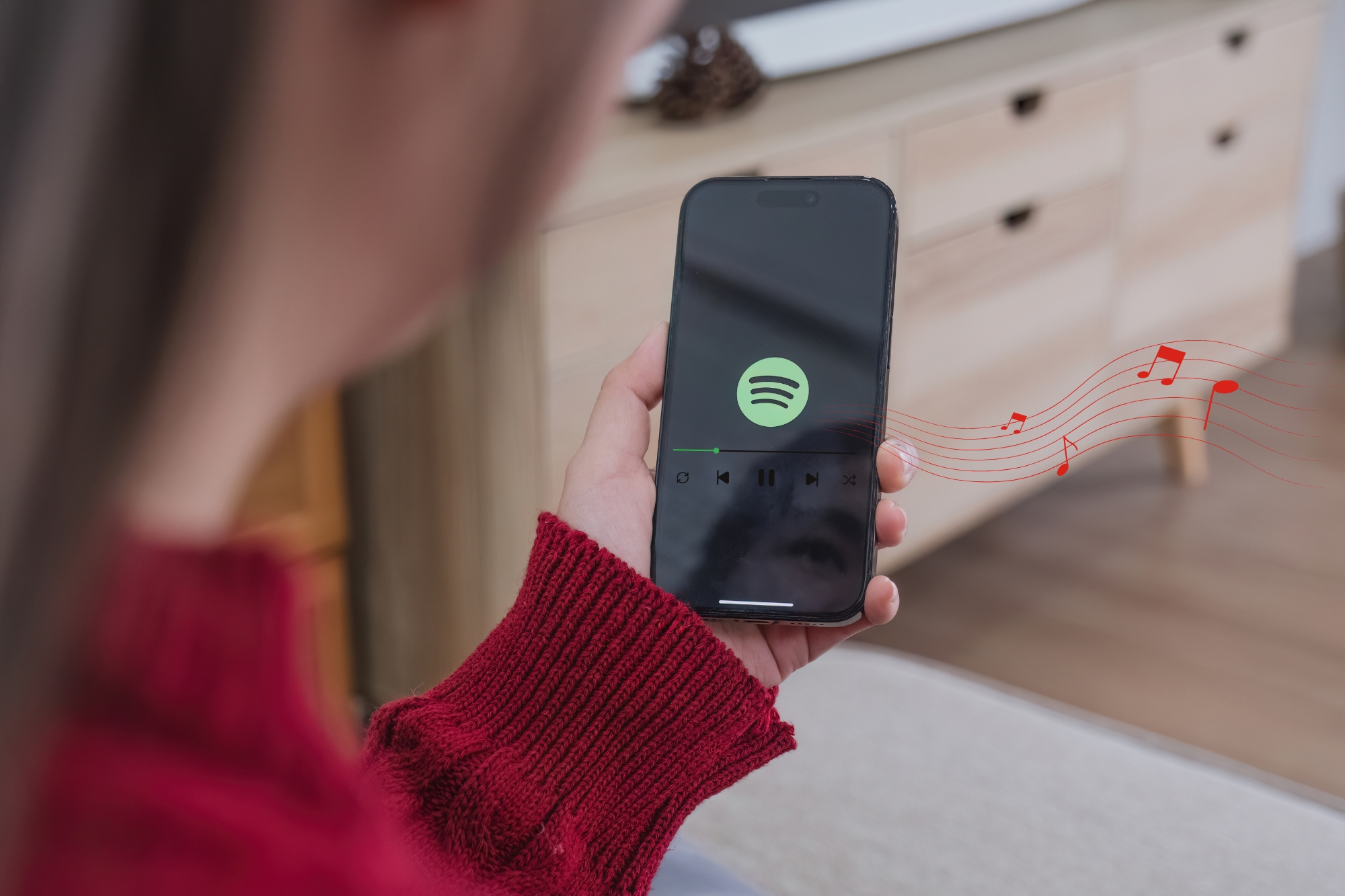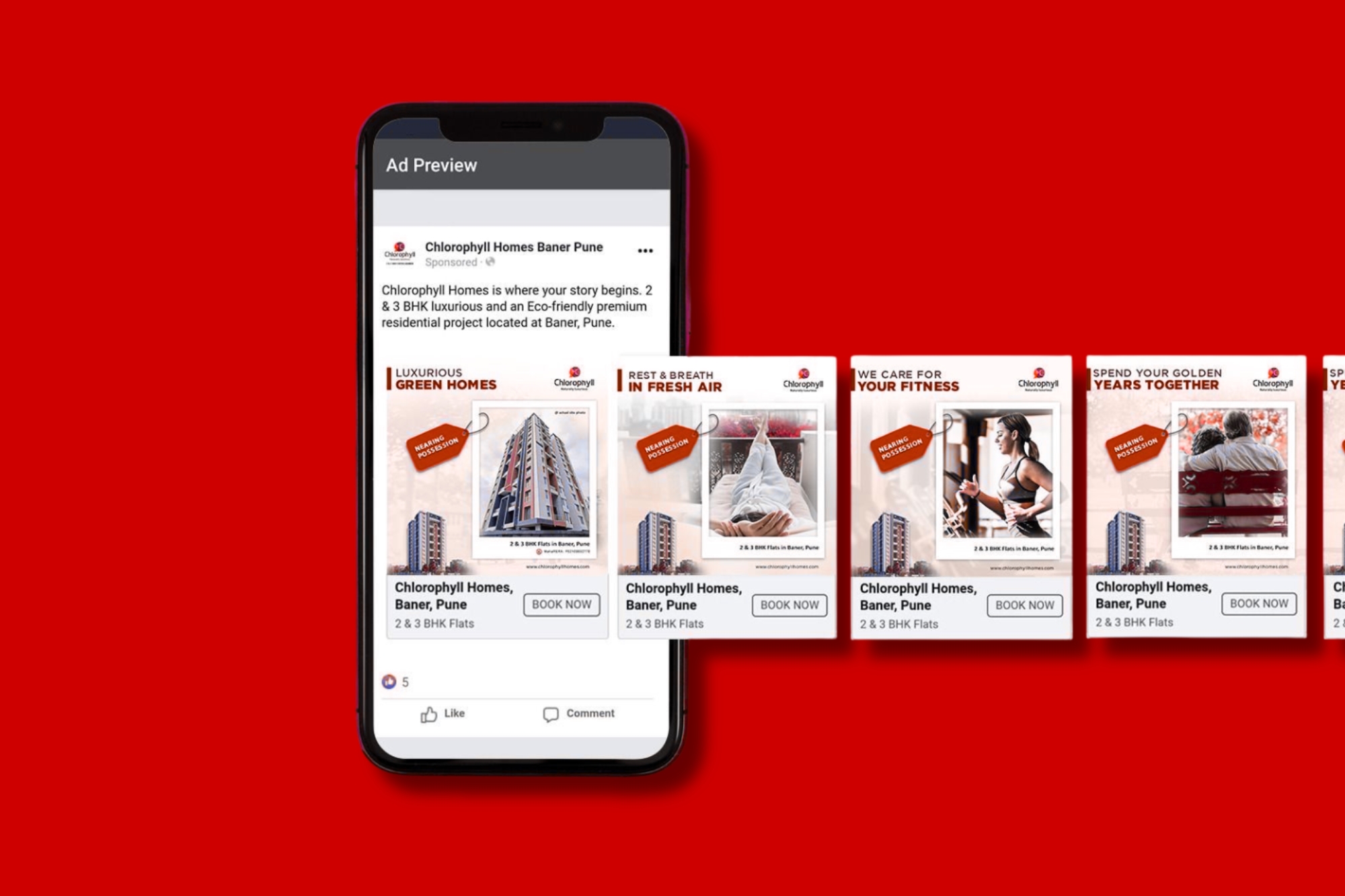As we step into 2025, artificial intelligence (AI) has become an integral part of the graphic design industry. What was once a tool for minor automation is now a creative partner, assisting designers in generating ideas, improving efficiency, and streamlining workflows. AI is no longer just about speed; it is about augmenting creativity and enabling designers to produce visually stunning work while focusing on strategic and conceptual aspects of design.
The integration of AI in graphic design has led to smarter tools that understand aesthetics, user preferences, and design principles. From creating personalized content to optimizing layouts instantly, AI has redefined how designers approach their craft. Let’s explore the key ways AI is making an impact in the industry in 2025.
Current Applications of AI in Graphic Design
- AI-Powered Design Tools
- Software like Adobe Firefly and Canva Magic Design now use AI to generate layouts, color schemes, and typography suggestions instantly.
- Runway ML and DALL-E are empowering designers to generate unique visuals without requiring manual illustration.
- AI-driven background removal and object recognition make editing faster and more precise.
- Automated Branding and Logo Creation
- Platforms like Looka and Wix Logo Maker help businesses create logos by analyzing design trends and brand values.
- AI assists in developing brand identity by suggesting color palettes, fonts, and design elements that align with a company’s mission and target audience.
- AI in UX and UI Design
- Tools like Uizard and Figma’s AI Plugins accelerate UI design by converting sketches into functional prototypes.
- AI predicts user behavior and suggests design improvements based on heatmaps and analytics.
- AI-Powered Content Personalization
- AI enables real-time customization of digital content by adapting visuals based on user preferences and interactions.
- Dynamic design adjustments make social media and digital marketing campaigns more engaging and targeted.
Benefits of AI Integration in Design
- Increased Efficiency: AI reduces the time spent on repetitive tasks such as resizing images, background removal, and typography adjustments.
- Enhanced Creativity: Designers can explore AI-generated ideas, patterns, and compositions that they might not have considered otherwise.
- Cost-Effectiveness: AI-powered tools allow startups and small businesses to access high-quality designs without hiring a full-time designer.
- Data-Driven Design: AI leverages user insights and analytics to create content that
Challenges and Considerations
Despite its benefits, AI in design comes with challenges:
- Loss of Authenticity: Some fear AI-generated designs lack the human touch and originality of a skilled designer.
- Bias in AI Algorithms: AI models trained on biased data can produce results that reinforce stereotypes or exclude certain cultural perspectives.
- Learning Curve: Designers must adapt to evolving AI tools, requiring continuous learning and skill enhancement.
Future Outlook: Real-Life AI in Graphic Design in 2025
Many companies and creative professionals are already leveraging AI to transform their design processes:
- Coca-Cola’s AI-Powered Ad Campaigns: Coca-Cola uses AI-generated visuals and motion graphics for personalized digital marketing campaigns, ensuring targeted content for different demographics.
- Nike’s AI-Driven Product Personalization: Nike uses AI in its design process to offer customers personalized shoe designs and apparel customization based on their preferences and purchase history.
- Spotify’s AI-Generated Visuals: Spotify’s AI curates unique album covers and playlist artwork that align with a user’s listening habits, ensuring a more immersive experience.
- News Agencies Automating Graphics: Media companies like BBC and The New York Times use AI to generate infographics, charts, and visual content in real-time for breaking news stories.
Conclusion
As AI continues to evolve, it is clear that it is not replacing designers but empowering them to push creative boundaries. The role of a graphic designer in 2025 is no longer just about creating visuals but also about curating, refining, and strategically utilizing AI tools to enhance their work. By embracing AI, designers can focus on storytelling, emotion, and brand identity while leaving tedious, time-consuming tasks to AI-powered solutions. The future of graphic design is not about man versus machine—it’s about collaboration between human creativity and artificial intelligence.




